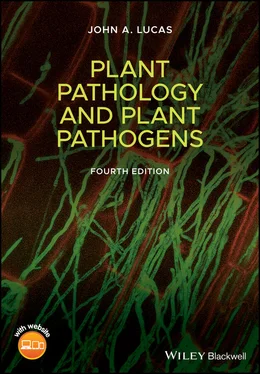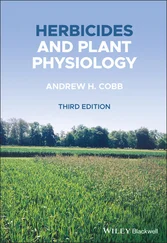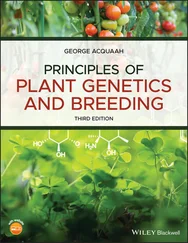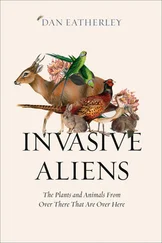1 Agrios, G. (2005). Plant Pathology, 5e. Amsterdam: Elsevier Academic Press.
2 Schumann, G.L. and D'Arcy, C.J. (2009). Essential Plant Pathology, 2e. St Paul, Minnesota: American Phytopathological Society Press.
3 Strange, R.N. (2003). Introduction to Plant Pathology. Chichester: Wiley.
1 Foley, J.A., Ramankutty, N., Brauman, K.A. et al. (2011). Solutions for a cultivated planet. Nature 478: 337–342.
2 Godfray, H.C.J., Beddington, J.R., Crute, I.R. et al. (2010). Food security: the challenge of feeding 9 billion people. Science 327: 812–818.
3 Savary, S., Bragaglio, S., Willocquet, L. et al. (2017). Crop health and its global impacts on the components of food security. Food Security 9: 311–327. https://doi.org/10.1007/s12571‐017‐659‐1.
Many scientific journals contain reviews and research papers relevant to plant pathology. One especially useful source is the Annual Review of Phytopathology. Others include:
Advances in Botanical Research
Annals of Applied Biology
Crop Protection
European Journal of Plant Pathology
Fungal Genetics and Biology
Journal of Phytopathology
Molecular Plant–Microbe Interactions
Molecular Plant Pathology
Mycological Research
New Phytologist
Pest Management Science
Plant Disease
The Plant Cell
The Plant Journal
Physiological and Molecular Plant Pathology
Phytopathology
Plant Pathology
PLOS Pathogens
American Phytopathological Society: www.apsnet.org
British Society of Plant Pathology: www.bspp.org.uk
European Foundation for Plant Pathology: www.efpp.net
Review of Plant Pathology, an abstracts database of plant pathology research: www.cabi.org/publishing‐products/online‐information‐resources/review‐of‐plant‐pathology
Since it is not known whether plants feel pain or discomfort, and since, in any case, plants do not speak or otherwise communicate to us, it is difficult to pinpoint exactly when a plant is diseased.
(George N. Agrios, 1936–2010)
The significance of disease in plants varies depending upon biological, agricultural, and socioeconomic factors. At one extreme, disease may be so severe that the farmer is faced with total crop failure, and the need for control measures is immediately obvious. In other cases, it may be difficult to define disease symptoms, the cause of the problem is not initially clear, and any benefits obtained from control measures are not easy to predict. This chapter discusses the nature of disease and surveys the range of pathogens, pests, and other agents which adversely affect plants. The impact of disease, both in natural plant communities and in agriculture, forestry and horticulture, is then considered.
To fully understand the nature of disease, one must first identify the processes occurring during the growth and development of the healthy plant. Such an analysis may be done at three levels:
the sequence of events comprising the normal plant life cycle
the physiological processes involved in plant growth and development
the metabolic pathways and molecular reactions underlying these processes.
Seed germination, maturation of vegetative structures, the initiation of reproduction, and the formation and dispersal of fruits and seeds are all critical phases of the life cycle at which disease may occur ( Figure 1.1). At each stage in this developmental sequence, the integration of several physiological processes is essential for the continued development of the plant. Cell division and differentiation, the fixation and utilization of energy (photosynthesis and biosynthesis), transport of water and nutrients (transpiration and translocation), and storage of reserve compounds are all necessities for growth. Each of these functions involves a complex series of molecular events which comprise the overall metabolism of the plant. The nature and regulation of metabolism are themselves determined by the genetic make‐up of the plant, interacting with the environment in which it is growing.
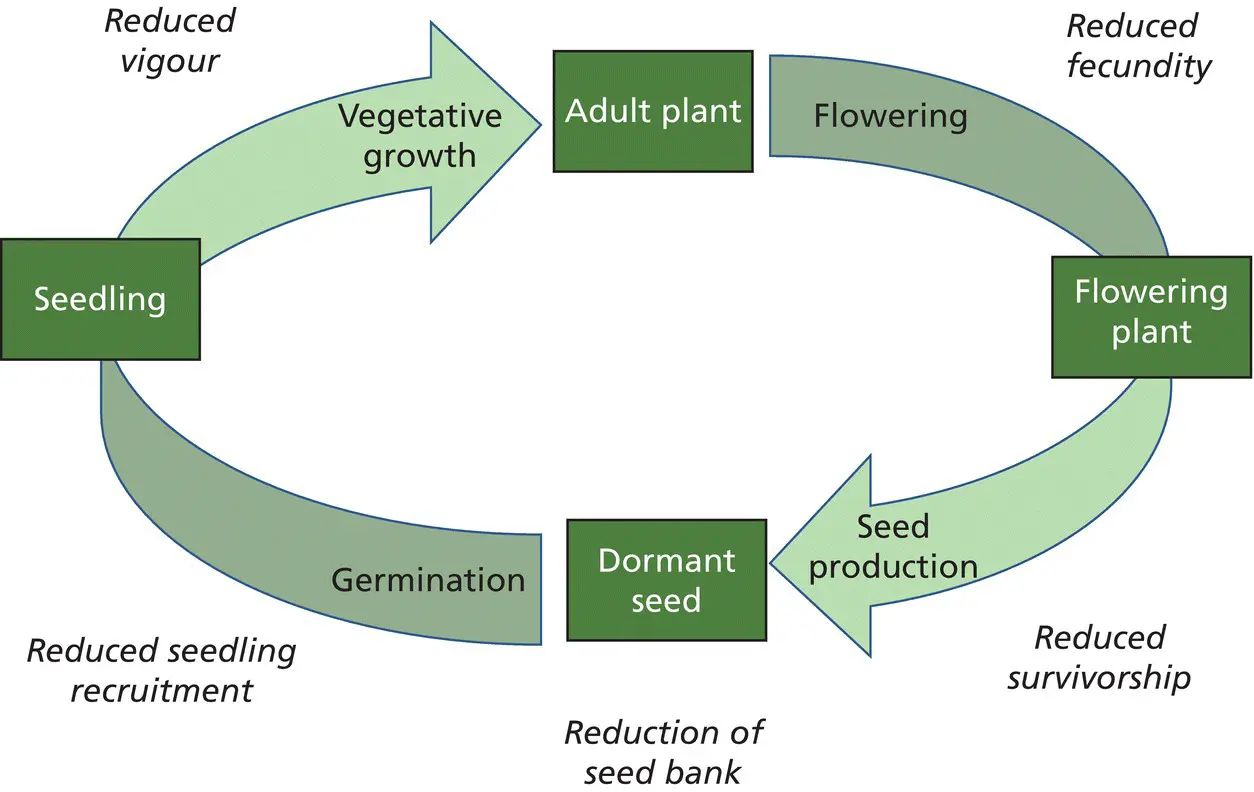
Figure 1.1 A plant life cycle and some effects of disease.
Disease may disrupt the activities of the plant at one or more of these levels. Some disorders involve subtle alterations in metabolism which do not affect the successful completion of the life cycle. Certain diseases caused by viruses have only slight effects on the growth of the plant; in such cases, it may be difficult even to recognize the existence of a disease problem. For instance, potato virus X was known as potato healthy virus until virus‐free seed potatoes became widely available. Comparisons with infected plants then showed the virus to be capable of causing a 5–10% loss in yield. Other more destructive diseases may interfere with numerous molecular, cellular, and physiological processes and lead to premature death of the plant.
While everyone is familiar with the idea of disease, in practice there may be difficulties in drawing a precise distinction between healthy and diseased plants. No single definition of disease has found universal acceptance; the most widely used involves some reference to the “normal” plant, for instance “a condition where the normal functions are disturbed and harmed” (Holliday 1989). However, there is no consensus as to the exact extent of deviations from this norm which may constitute the diseased state. The problem of defining normality, in terms of the processes outlined above, is further complicated by the variation inherent in all plant populations. Such variation is particularly common in natural populations, especially where hybrids occur, but even within apparently uniform populations of crop plants, there may be differences between individuals. Such differences either have a genetic basis or are due to environmental factors operating during the growth of the crop. If, for instance, one sows seed of an old cereal variety alongside that of a modern, improved cultivar, one will observe major differences between the two crops. In particular, the modern cultivar will be shorter, form much larger seed heads and heavier grains, and the final yield will be greater. The difference in this case is due to intensive selection and genetic improvement rather than to any disease in the old variety, but this example highlights the importance of understanding the initial potential of the plant before accurate estimates of disease can be obtained.
It can be argued that short‐term harmful effects on plants, such as injury due to grazing, do not constitute disease. Indeed, some plants, such as the grasses, are well adapted to regular grazing and respond with increased growth if so affected. In cases where damage is sustained over a longer period of time, such as progressive destruction of roots by migratory nematodes or distortion of aerial shoots by exposure to persistent herbicides, the outcome is clearly within the scope of pathology. However, these fine distinctions are of limited use in arriving at a working definition of disease. Such a definition will depend in part on the situation in which it is intended to be used. For example, the biochemist may well be concerned with a malfunction involving a single enzyme and hence view disease as a specific metabolic lesion, whereas the farmer is normally only interested in changes which affect the overall performance of the crop and reduce its value.
Читать дальше
